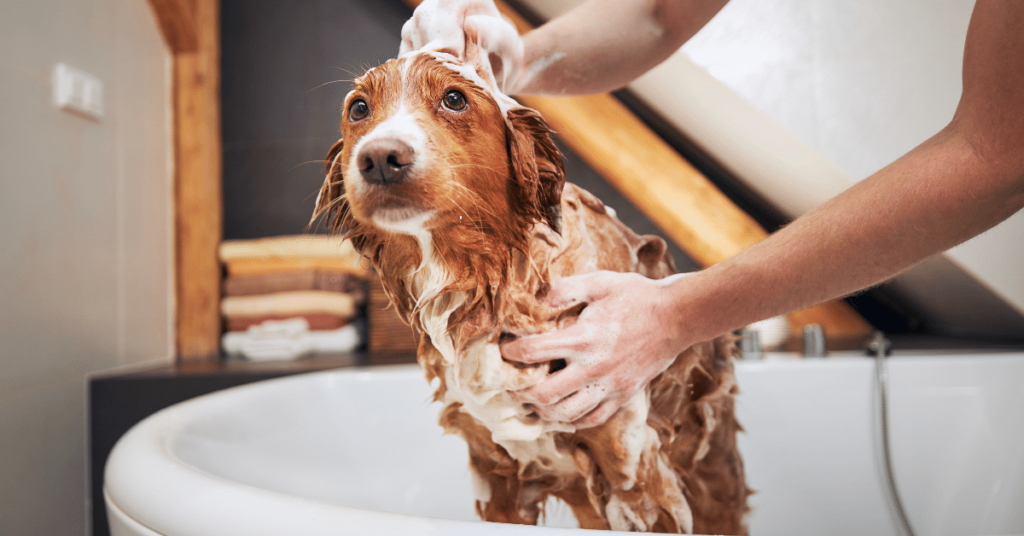The Importance of Routine for Your Pet’s Well-being
We all know how important routine is for our own lives. It helps us stay organized, reduces stress, and creates a sense of structure. But did you know that routine is just as important for your furry friend?
Dogs and cats thrive on structure and consistency. Having a daily routine not only provides them with a sense of security but also helps with their overall well-being. Whether you have a new pet or want to establish a better routine for your existing companion, this article will guide you through the process of creating a pet routine that works for both of you.
Understanding the Benefits of Routine
Routine goes beyond just feeding and exercise schedules. It encompasses all aspects of your pet’s daily life, from playtime to sleep. Here are some key benefits of establishing a routine for your pet:
1. Reduces Anxiety and Stress
Pets, especially dogs, can become anxious and stressed when their environment lacks structure. By following a consistent routine, you can provide a predictable and stable environment for your pet, helping them feel more secure and less stressed.
2. Improves Behavior
A well-structured routine helps curb behavioral issues in pets. Regular exercise, mental stimulation, and consistent training sessions lead to better behavior and obedience. When pets know what to expect, they are less likely to develop bad habits or act out.
3. Creates a Strong Bond
Consistency in routine allows you to spend quality time with your pet. By engaging in regular activities together, such as walks, playtime, and grooming sessions, you not only strengthen the bond between you and your furry companion but also provide them with the attention and love they need.
Establishing a Pet Routine
Now that you understand the importance of routine, let’s dive into how you can create a structured and consistent schedule for your pet.
1. Set Daily Timings
Start by setting specific timings for daily activities such as feeding, exercise, playtime, and walks. Dogs and cats thrive on predictability, so try to stick to these timings as closely as possible. Consistency is key in establishing a routine.
2. Provide Mental Stimulation
In addition to physical exercise, it’s important to provide your pet with mental stimulation. This can include puzzle toys, treat-dispensing toys, or teaching them new tricks. Mental stimulation helps prevent boredom, keeps your pet’s brain sharp, and adds variety to their daily routine.
3. Create a Comfortable Sleeping Environment
Just like humans, pets need a good night’s sleep. Designate a quiet and comfortable space for your pet to rest and create a bedtime routine that helps them wind down. This could involve turning off the lights, providing a cozy bed, and playing calming music.
4. Consider Your Pet’s Breed and Age
Different breeds and ages have varying energy levels and requirements. Consider your pet’s specific needs when creating their routine. Puppies and kittens, for example, may require more playtime and training sessions compared to adult pets. Research your pet’s breed characteristics and consult with a veterinarian if needed.
5. Be Flexible
While routine is important, it’s also crucial to be flexible. Life can throw unexpected curveballs, and your pet’s routine may need to be adjusted from time to time. The key is to find a balance between structure and adaptability.
Summary
Establishing a routine for your pet is crucial for their overall well-being and happiness. By reducing anxiety, improving behavior, and creating a strong bond, routine plays a vital role in ensuring your pet lives a fulfilling life. Follow the tips shared in this article and create a structured and consistent routine that works for both you and your furry friend.







